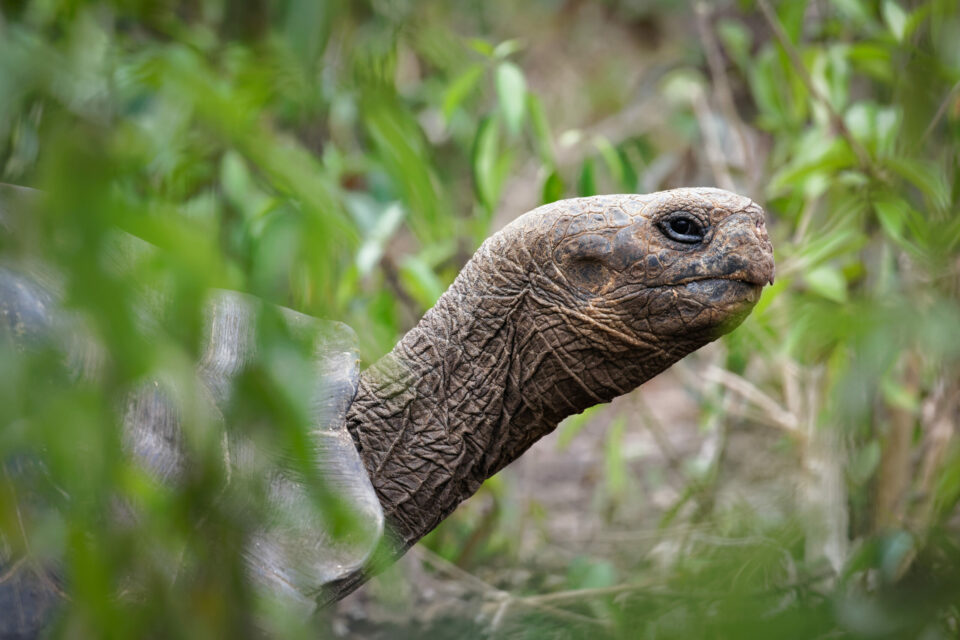

Fur seal or sea lion?
The Galapagos fur seal and the Galapagos sea lion can be difficult to tell apart. We’ve compiled this list of top tips with expert advice from Galapagos sea lion expert, Professor Fritz Trillmich.
The Galapagos fur seal and the Galapagos sea lion are actually quite closely related, and come from the same family: Otariidae, which means ‘eared seal’.
The Galapagos fur seal belongs to a genus of fur seals called Arctocephalus (or Arctophoca), meaning bear-headed. The Galapagos sea lion belongs to the genus Zalophus, which contains two extant sea lion species, and previously contained the Japanese sea lion, which went extinct in the 1970s.
So here’s what to look out for if you’re finding it tricky to tell your fur seal from your sea lion:
1. Size
The overall size of the animal is a great starting place for telling them apart. The Galapagos fur seal is a lot smaller than the Galapagos sea lion. An adult female fur seal weighs 27-33kg, whereas an adult female sea lion weighs between 55-75kg. The sea lion also has a greater body length, especially noticeable from behind the front flippers. This makes the fur seal appear stockier than the sea lion. In both species, the males are approximately twice as big as the females.
2. Pelt
When the animals are out of the water and resting on dry land, their pelt is a good indicator of species. The fur seals have much thicker fur, which consists of a dense underfur and long guard hairs covering it. This fur has an agouti colour when dry, but turns black when wet. As they begin to dry on the shore, they may soon present goldish tinges. In contrast, the sea lion has a much smaller amount of underfur and are darker in colour.
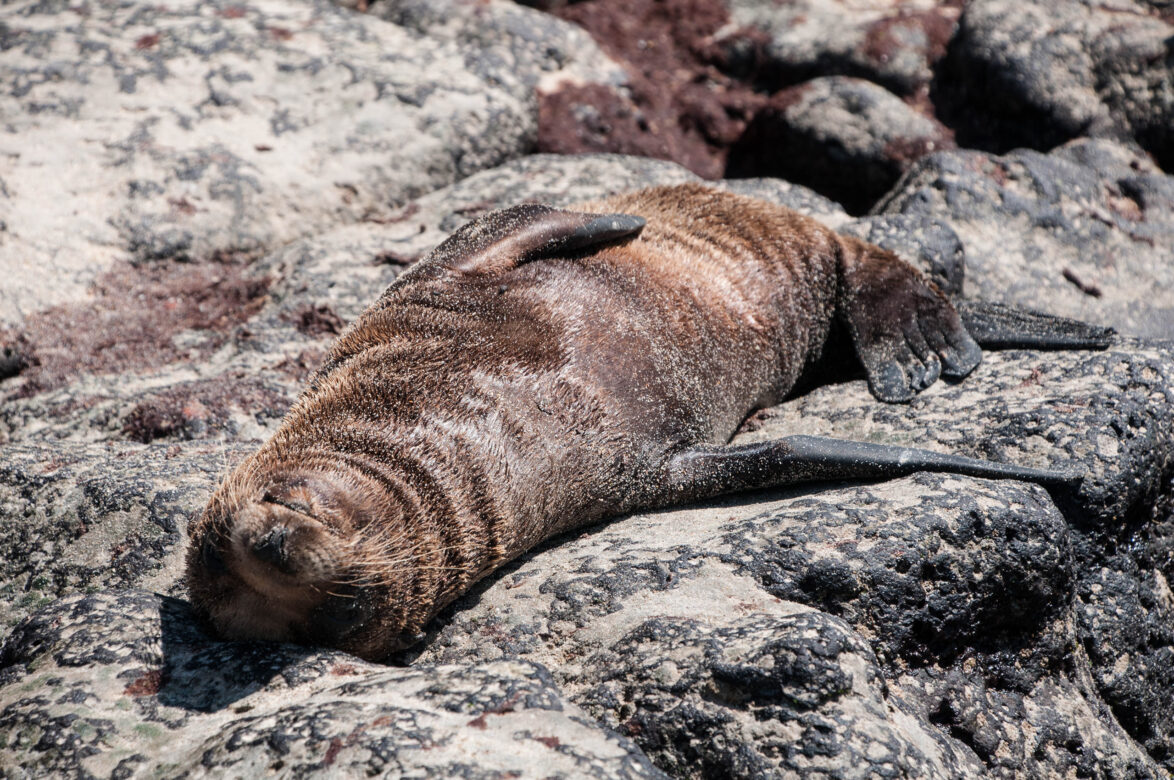
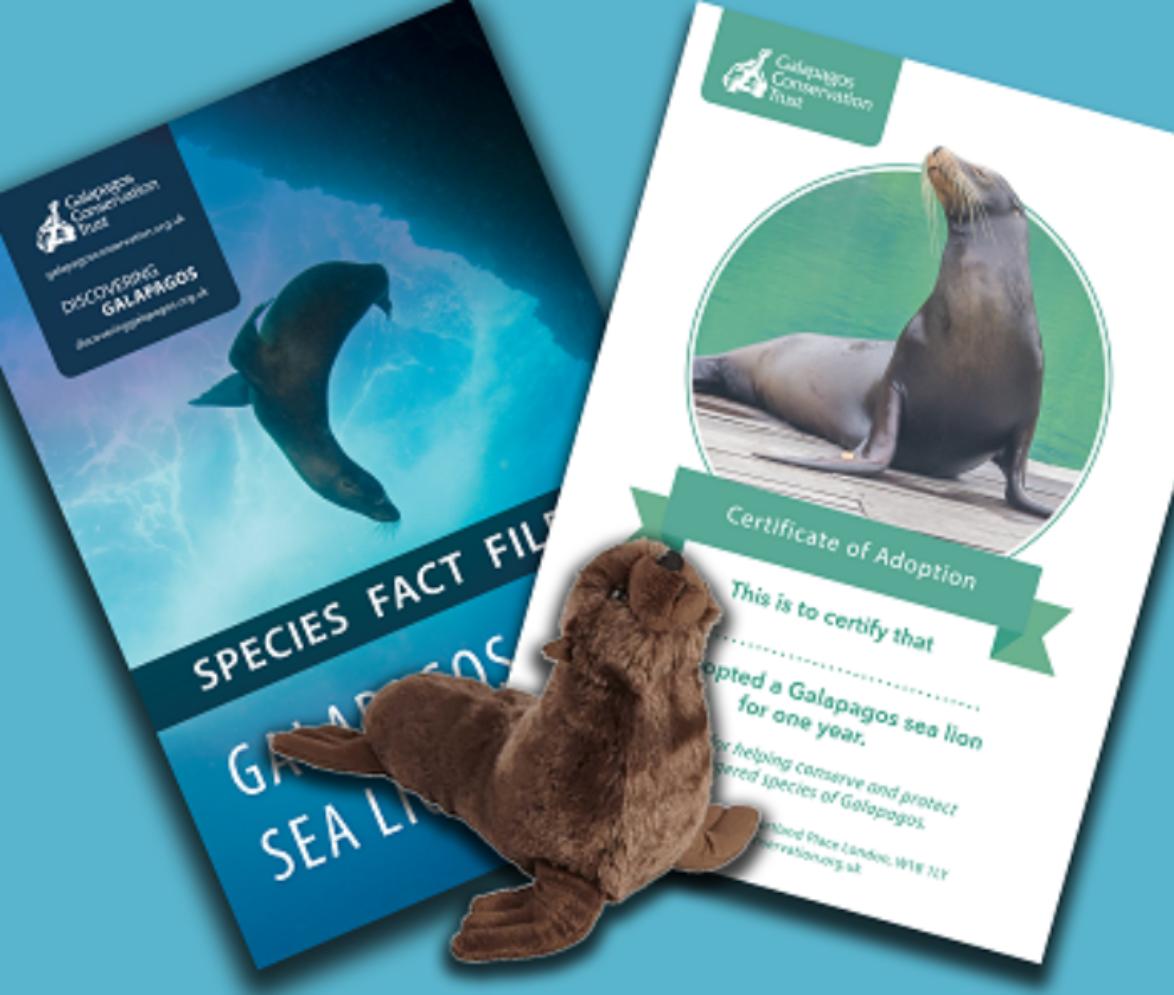
Adopt a sea lion
By adopting a sea lion today, you can learn about this animal whilst protecting them and other Galapagos species. We work on a range of projects that are helping protect Galapagos sea lions, including our Plastic Pollution Free Galapagos programme, which seeks to make the Islands the first plastic pollution free Archipelago in the world.
3. Ears and eyes
The facial features are a good distinguishing feature of the Galapagos fur seal. They have larger, more bulbous eyes than the sea lion. Similarly the fur seal’s ears are more pronounced and tend to stick out more than the ears of the sea lion.

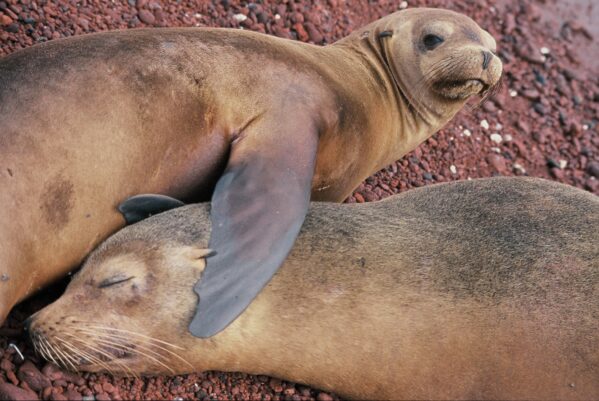
4. Movement
Another way to tell the two species apart is by their movements, however this is a less useful method when identifying from photographs. When resting in the water, fur seals often adopt a head-down position with their hind flippers on the surface to allow them to watch for predators as they rest. However, both species have been known to rest floating on their sides as well. When observed on the shore, fur seals are usually found on rocky shores, where they climb and hop about. Sea lions, however, prefer to move on smooth surfaces. Their head and neck moves conspicuously from side to side as they go.
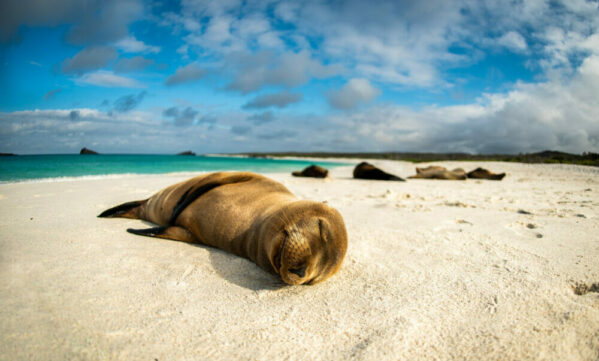

When observed on the shore, fur seals are usually found on rocky shores, where they climb and hop about. Sea lions, however, prefer to move on smooth surfaces.
5. Identifying a pup
This age class presents the greatest difficulties in distinguishing the species. Both are born almost black in colour and become lighter with age. The best way to tell the pups apart is by using the eyes and ears, which show the same differences as the adults with the fur seal’s ears sticking our more, and their eyes much larger.

6. Distribution
Galapagos sea lions can be seen everywhere within the Archipelago, whereas fur seals are most likely to be seen by tourists around Isabela and Fernandina islands. The male fur seals are more vagrant than the females and can regularly be seen on Santiago and Bartolome islands, as well as on the southern parts of Floreana.
Thank you to Professor Fritz Trillmich for providing the identification tips for this article. Professor Trillmich is a behavioural ecology expert from the University of Bielefeld in Germany, specialising in the pinnipeds of Galapagos.
Related articles

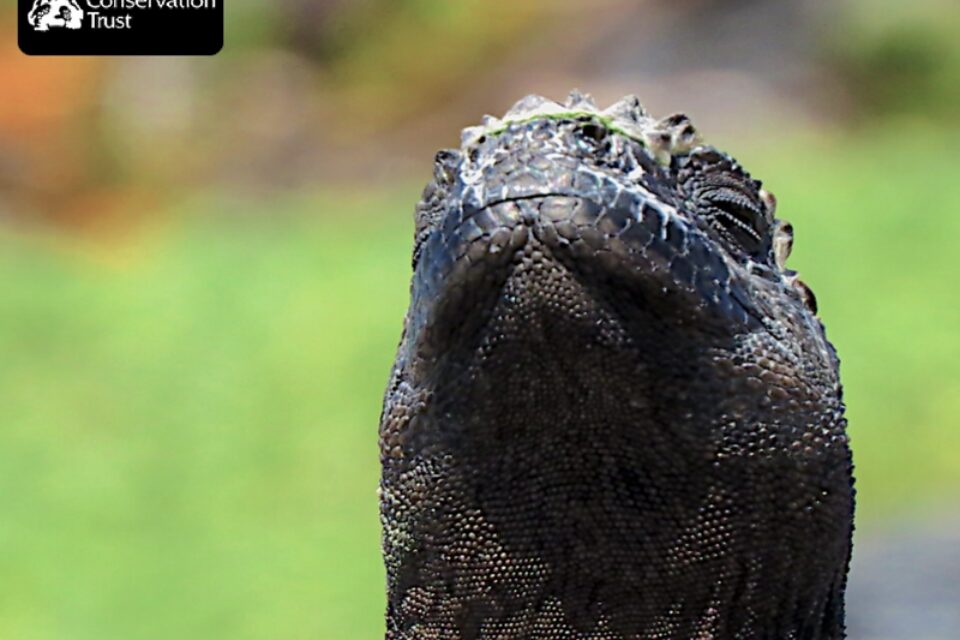
Symbiotic relationships in Galapagos

